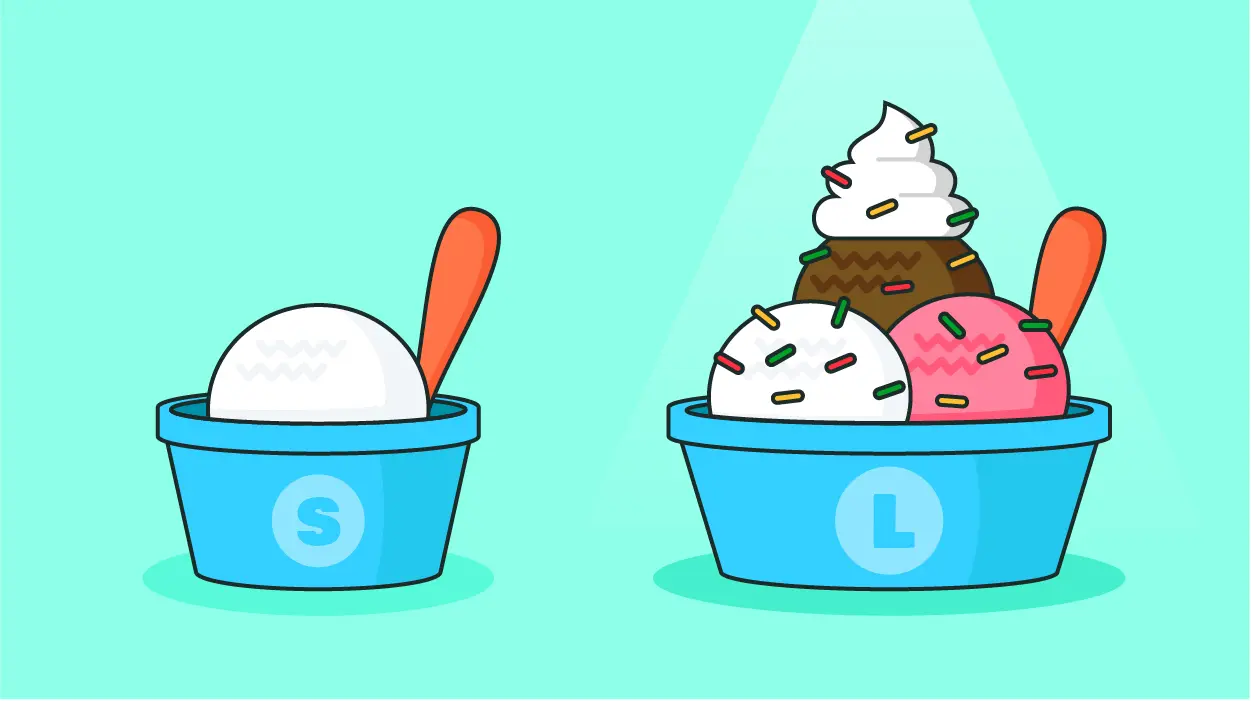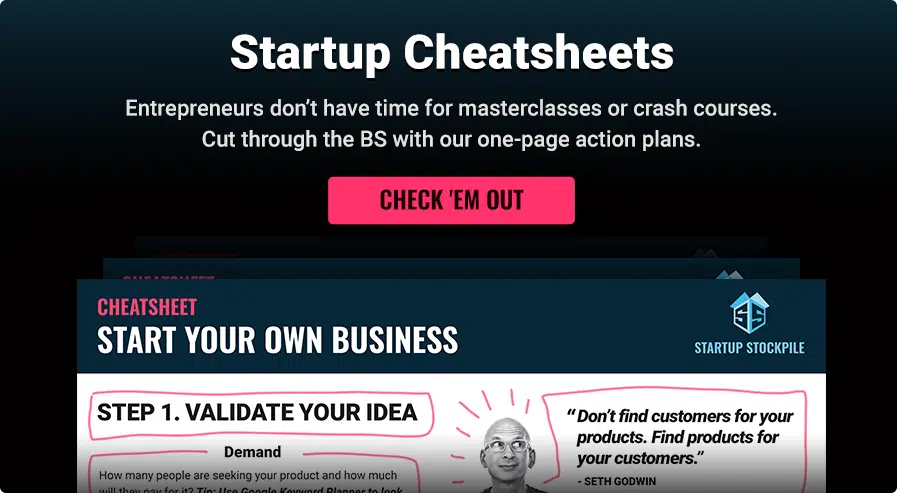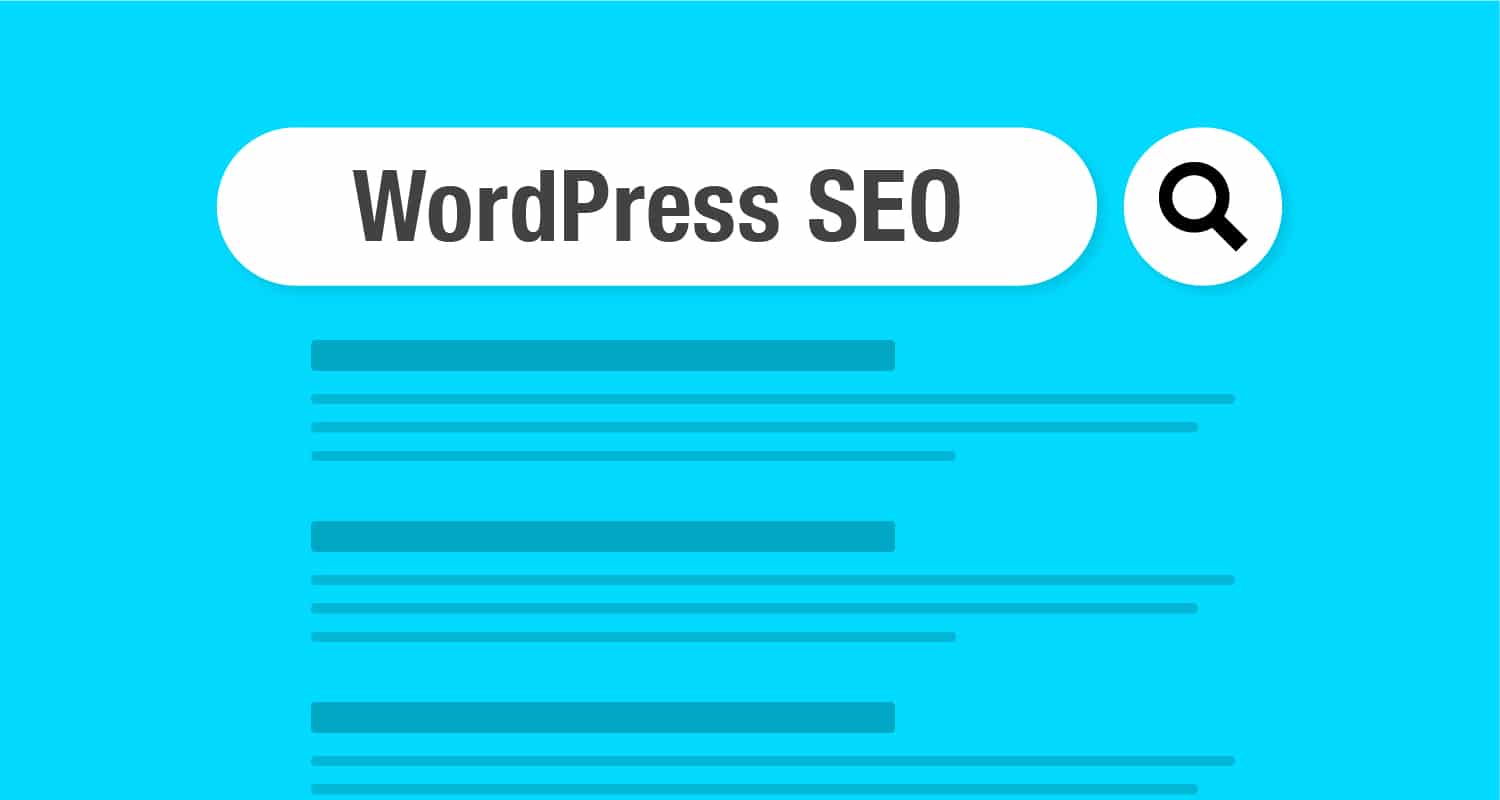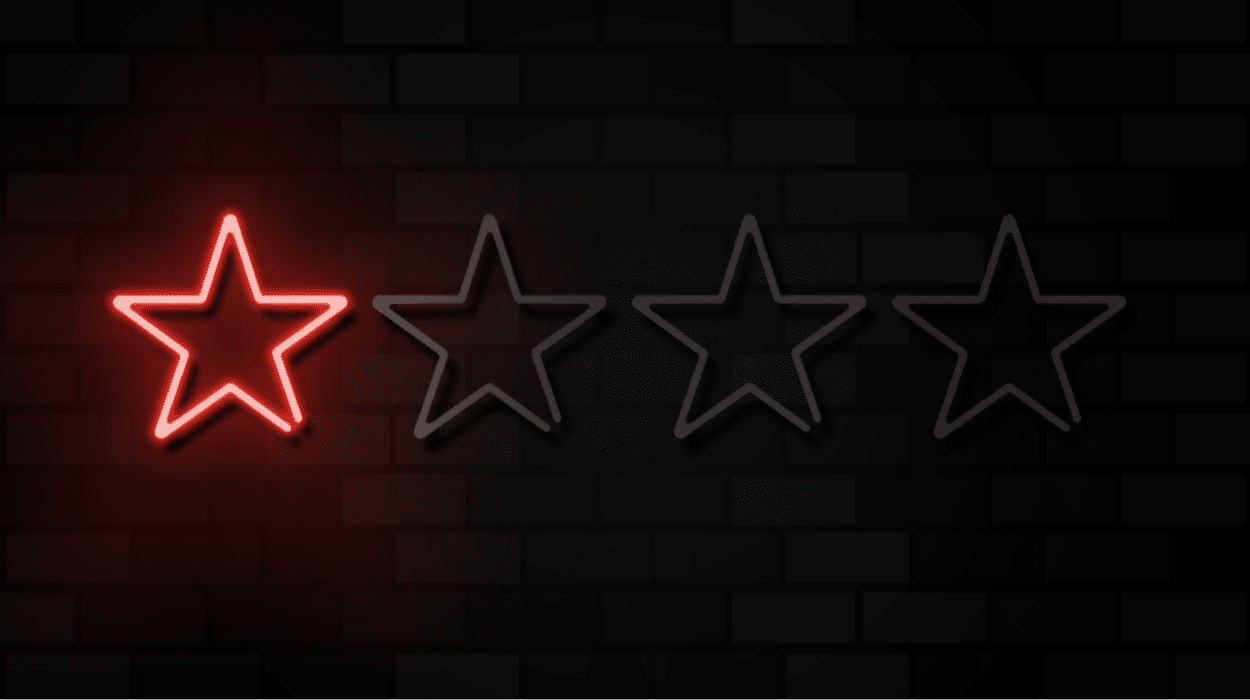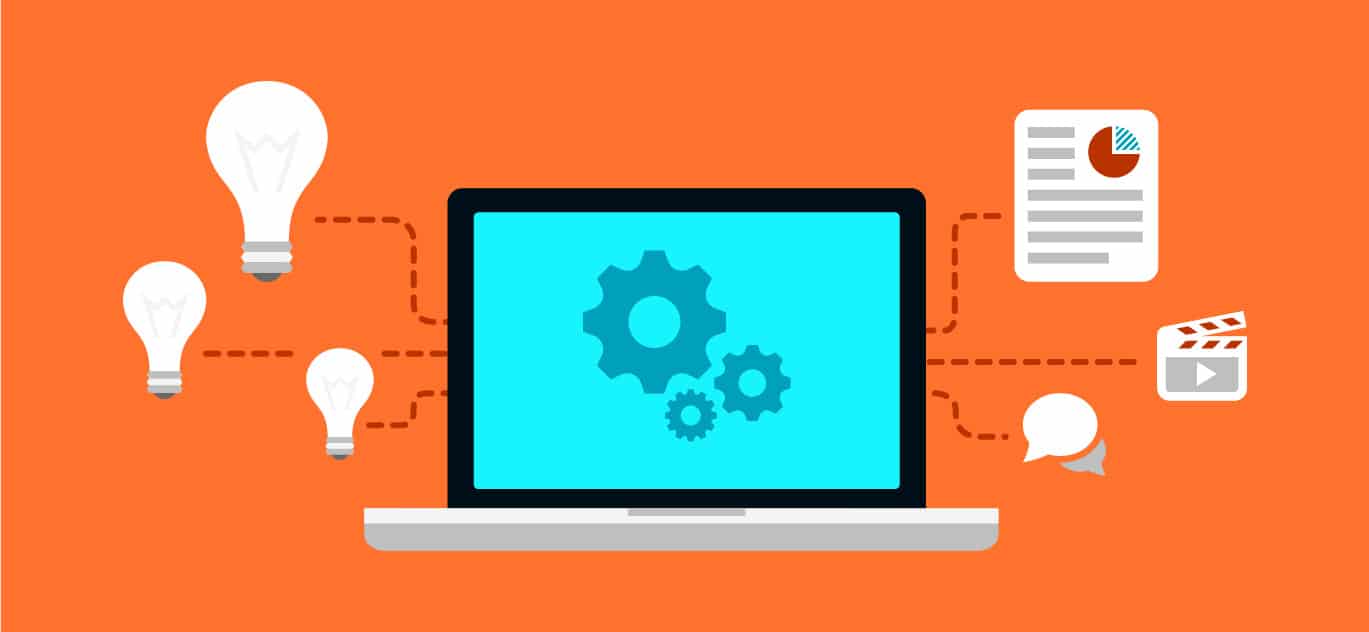Is your average e-commerce order value lower than you’d like? Do you want to increase your brand’s revenue or sell more higher-value products?
If you’re not hitting key performance indicators (KPIs), there’s a good chance you’ve already considered some common e-commerce issues.
You’ve surveyed your customer base to confirm demand. You’ve done market research to perfect pricing models. Maybe you’ve even reworked the site design to improve user experience.
But nothing has moved the needle.
So what’s the solution?
For many direct-to-consumer (DTC) brands, a well-timed upsell is the key to increasing revenue, average order value (AOV), and even customer lifetime value (CLV). Look at eight e-commerce upselling tactics you can implement on your plans and pricing page now.
1. Create A Sense Of Urgency
If you give customers infinite time to consider an upsell, they may never take you up on your offer. Then you’ll be back at square one, shy of your KPIs.
By creating a sense of urgency, you can encourage customers to make a quick decision. That way you can land the upsell — and increase revenue — instantly.
How It Works
Place a timer on your plans and pricing page to show customers they have limited time to take advantage of the offer. You can also clarify that you only have a few upgrades in stock. That way, shoppers have to act quickly to get the offer.
Why It’s Awesome
Conveying a sense of urgency can encourage shoppers to take advantage of a more expensive option—quickly. Countdown timers can increase revenue by 9%, boosting your bottom line.
2. Highlight The Added Value
In many cases, a lengthy upsell description isn’t necessary. Instead, keep it concise. Use numbers to highlight the added value that the upsell provides.
How It Works
Do you want customers to upgrade to a larger size? Quantify the added benefits they’ll get with the pricier option.
Does your upsell include more of something for a nominal price increase? Clarify how the price per unit decreases to quantify the savings instantly. For example, state how much the monthly price decreases when customers upgrade to an annual subscription.
Why It’s Awesome
How you write numbers on a plans and pricing page greatly impacts how customers perceive their value. You can:
- Use a combination of digits and written numbers to draw more attention to those you want to highlight.
- Add or omit decimals to make numbers sound larger or smaller.
3. Use Compelling Language
Every aspect of your plans and pricing page should be persuasive. From the feature lists to the benefits, every element offers an opportunity to convince customers.
Even the way you name your plans.
That’s why your plan names should use language that guides customers’ choices or helps them envision how they’ll feel after opting for the upsell.
How It Works
Communicate the added value of the upsell by giving it a name like Smart Saver. Alternatively, make it sound irresistible by calling it The Cherry on Top.
Or you can give the upsell package an aspirational name like Rockstar.
Why It’s Awesome
Using language that resonates with your target audience can increase conversion rates by more than 12%. Powerful words that elicit an emotional response can be particularly useful for upselling.
4. Put Your Customer Data To Work
How well do you know your customers? If you track data like past purchases and shopping trends, you can use it to upsell more effectively.
How It Works
Do your site analytics keep track of each user’s purchase history? Plug a personalized upsell into your plans and pricing page. That way, each customer will automatically receive an offer more likely to appeal to them.
Are you expecting a lot of new customers? Use aggregated data to upsell your most popular products or plans.
Why It’s Awesome
Personalizing your plans and pricing page may require a little effort and ongoing testing.
But it’s likely to pay off.
Marketers who use personalization have reported a 20% increase in sales. With advanced tactics, you could generate $20 for every $1 you spend on your efforts.
5. Showcase Testimonials
Do you already have tons of satisfied customers? Use their words to persuade others to upgrade to a higher-priced product.
How It Works
Collect your best customer reviews or testimonials. If they’re overly long, take a short excerpt that cuts right to the chase. Then, place the best quote or two near the upsell checkout button.
To make testimonials even more persuasive, publish the customer’s name, location, or other demographic data alongside the quote. When shoppers can easily identify with happy customers, they can envision themselves in the same position.
Why It’s Awesome
Over 90% of customers seek testimonials and reviews before purchasing. And 95% confirm that reviews affect their purchasing decisions.
6. Minimize The Price Increase
When you confront shoppers with a significantly higher offer, they must stop, think, and do the math. That means you lose out on the instant win the upsell is designed to generate.
How It Works
Limiting the upsell cost to a certain percentage of the original purchase price to streamline the process. Don’t try to convince customers to spend twice or more times the amount they originally planned. Instead, offer an upgrade worth 25% or 50% more than the original price.
Why It’s Awesome
A 25% or 50% may sound small, but the extra revenue can add up quickly. Use this tactic with others on this list to simultaneously increase conversion rates and revenue.
7. Include Free Shipping
An extra incentive can go a long way toward convincing customers to accept an upsell. Offering free shipping can easily seal the deal for value-focused shoppers.
How It Works
By definition, an upsell is more expensive than a standard offering. The idea of paying more can give shoppers pause.
To smooth over that moment of hesitation, position a free shipping offer alongside the price of the upgrade. Saving on the cost of shipping can make the added cost of the upsell much easier to absorb.
Why It’s Awesome
Nine out of ten shoppers consider free shipping the top incentive for purchasing on a company’s e-commerce site. In addition, orders that include free shipping have an AOV that’s 30% higher.
8. Make The Decision Easy
If your audience has to weigh several options or rethink their purchase decision, they may click away from your plans and pricing page.
When it comes to e-commerce mistakes, this is one of the easiest to avoid. Rather than complicating things, decide to upgrade as easily as possible.
How It Works
Give customers only one or two upgrade offers to consider. Keep the wording to a minimum, and make the value obvious for each.
Shoppers won’t have to think too hard about whether to upgrade. They won’t feel overwhelmed by all the choices either.
Instead, they can more easily give in to the temptation of the upsell.
Why It’s Awesome
Simplicity is the key to a positive user experience.
Fewer choices mean a lower chance of decision fatigue and a greater sense of trust. When customers have to make fewer decisions, they’re also more likely to complete their intended purchase — which means better conversion rates.
Whether marketing digital products or physical items, upselling can transform your e-commerce business. Implement one or all of these techniques to increase conversion rates and generate more revenue.
Are you curious which tactic will make the biggest impact on your site? Use web analytics to track your results and hone your approach.
9. Offer Upsells Across Multiple Locations
To increase conversions and boost revenue, offer up-selling opportunities wherever they make sense.
How It Works
Product pages are the most logical place to show off your products.
Alternatively, you could focus on sales engagement and reach a customer once they reach a milestone.
For instance, when a user creates several tasks in Asana, they receive an email that tells them how to boost their productivity with the premium version of the tool.
Finally, when a customer adds an item to the cart, you should recommend related products. For example, if they want to purchase a flashlight, ask them whether they need batteries, too.
Why It’s Awesome
The more opportunities you have to upsell, the more revenue you generate.
10. Personalize Upsell Recommendations
Upsell recommendations are always more effective when they are personal. Remember that online customers are willing to spend more on personalized products and offers.
How It Works
According to Accenture, 75% of customers are more likely to buy from your eCommerce business if you:
- Know their buying history
- Provide recommendations based on their previous purchases
- Address them by name
This is exactly where you should consider installing an upsell app. With it, you do not have to know how to code to integrate an upsell process into your store.
Why It’s Awesome
Upsell apps are affordable and easy to install and use. All you need to do is choose the app that supports the eCommerce platform you use and make your store profile.
Once you do that, you can create personalized in-cart offers that inspire visitors to finalize the purchase.
11. Provide Side-By-Side Product Comparisons
This is one of the most common upselling methods. Its purpose is simple – familiarizing users with different products on your site, letting them compare them fast, and, above all, showing them an alternative item that is better than the one they were originally interested in.
How It Works
MailChimp is a perfect example of how side-by-side product comparisons should be done. Namely, they create easy-to-follow tables, letting customers compare their different plans.
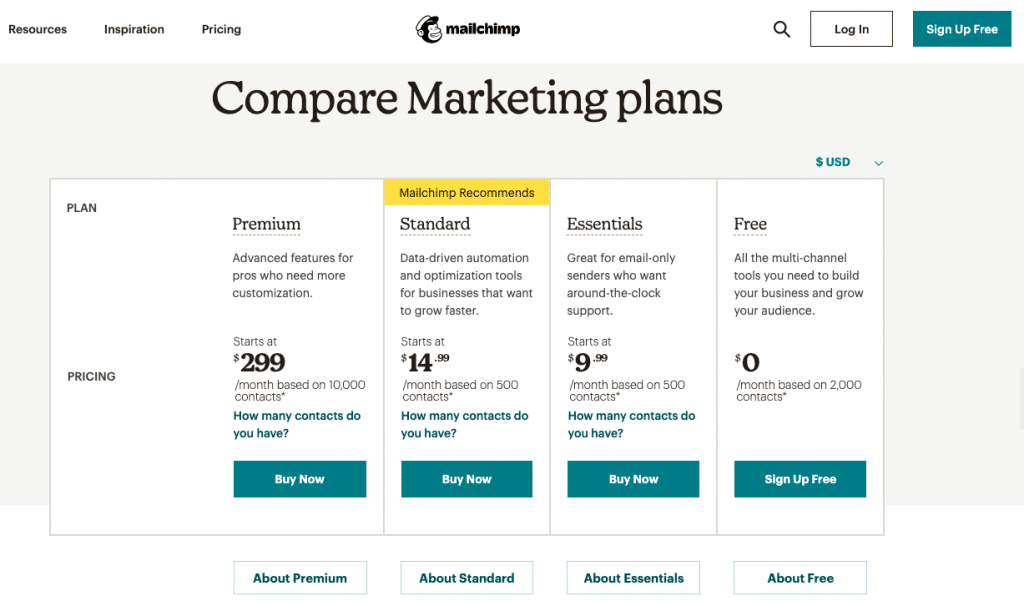
Before customers hit their “Free Download” button, they can see what extras they would get with their Essentials, Standard, and Premium plans.
Why It’s Awesome
Comparison grids like this also use a powerful psychological upselling technique called price anchoring to increase AOV.
12. Provide Social Proof
In marketing, social proof is the theory that people want to know other people’s opinions before purchasing a product.
How It Works
There are many ways to use social proof marketing when upselling products.
For example, Amazon provides customer ratings and reviews for every product on its website. Additionally, it also says what similar products people also looked at and recommends items that to with the product you are purchasing.
Customers’ testimonials and user-generated content are also powerful ways to gain customers’ trust and prime them to buy more expensive items or buy more.
Why It’s Awesome
Studies say customers trust online reviews as much as their friends and families.
Editor’s Note: The article is part of the blog series Grow Your Business, brought to you by the marketing team at Unitel, the virtual phone system priced and designed for startups and small business owners.


